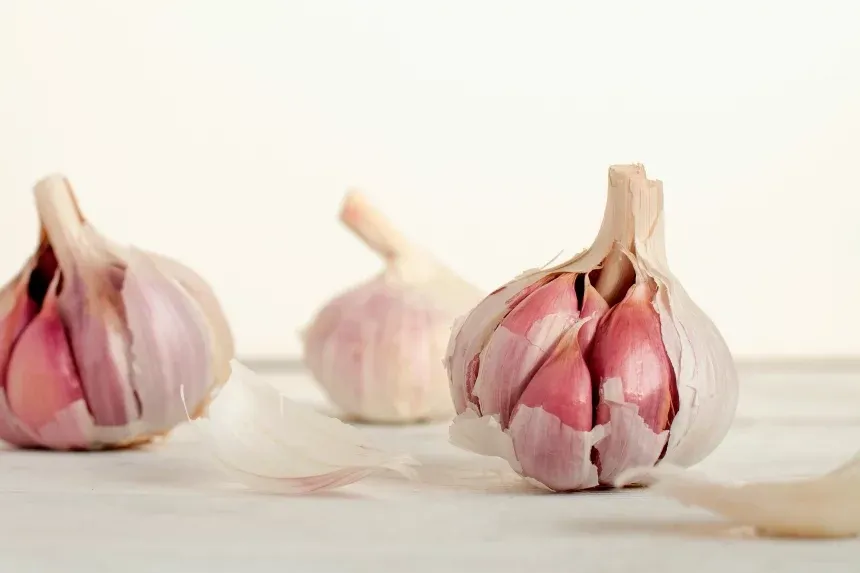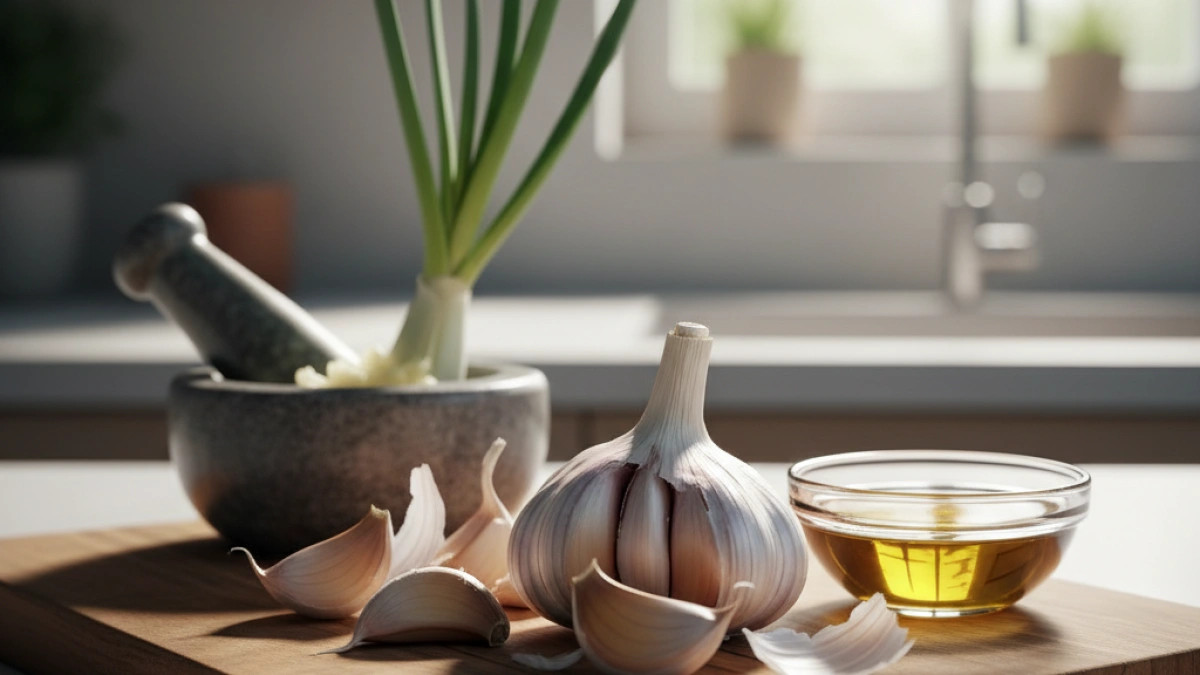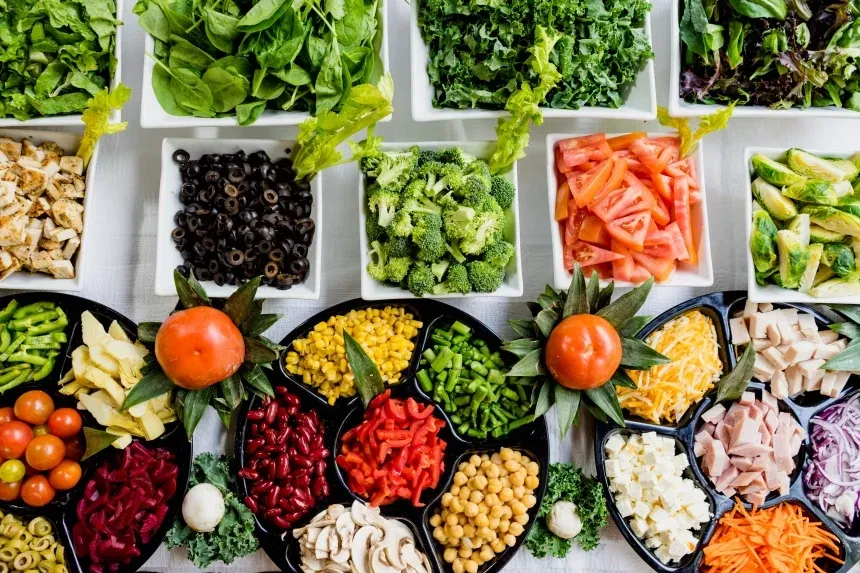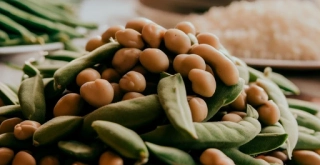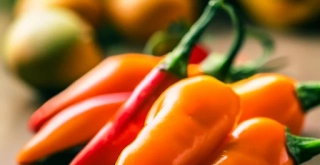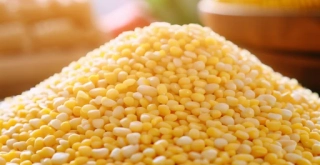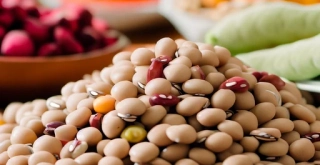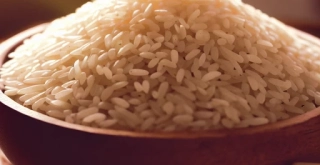Vegetable Cooking and Soaking Time
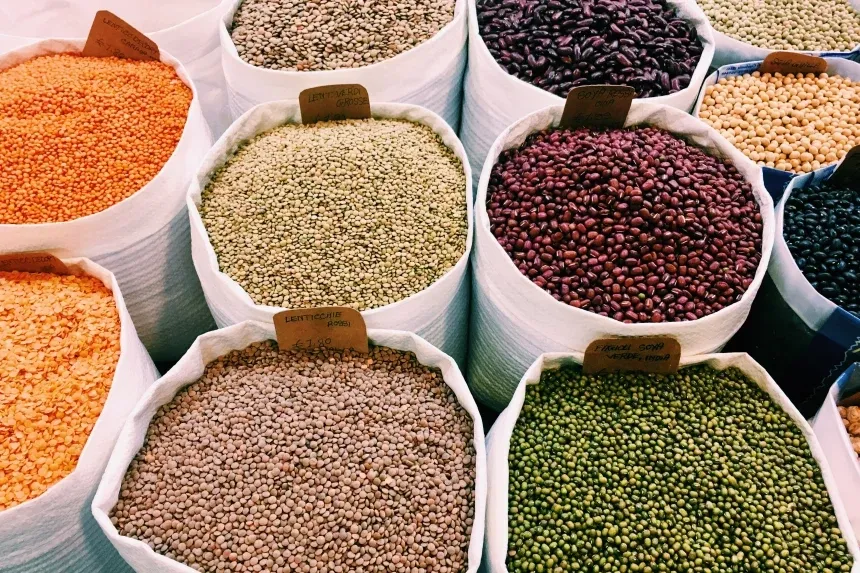
Legumes are an essential food in many diets around the world, not only for their nutritional value but also for their versatility in the kitchen. Below, we provide a comprehensive guide on the cooking and soaking time for legumes so you can enjoy them to the fullest.
Why Are Legumes Important?
Legumes are rich in protein, fiber, vitamins, and minerals. Regular consumption can help improve cardiovascular health, control blood sugar, and promote good digestion. Additionally, they are an excellent option for those following vegetarian or vegan diets.
Common Types of Legumes
Here are some of the most common legumes and their nutritional profile:
- Lentils: Rich in protein and fiber.
- Chickpeas: Excellent source of folate and manganese.
- Black Beans: High in antioxidants and fiber.
- Broad Beans: Contain protein, fiber, and iron.
Soaking Legumes
Soaking is a crucial step before cooking legumes. This process helps reduce cooking time and improves the digestibility of the food.
Benefits of Soaking
- Reduces Cooking Time: Soaked legumes require less time to cook, saving energy and time.
- Improves Digestion: By eliminating some antinutrients, soaking can make legumes more digestible.
- Increases Nutrient Absorption: Some studies suggest that soaking helps release important nutrients.
Soaking Time
Soaking time can vary depending on the type of legume:
- Lentils: Do not require soaking, but if desired, 1-2 hours is sufficient.
- Chickpeas: 8-12 hours, preferably in cold water.
- Black Beans: 6-8 hours.
- Broad Beans: 6-8 hours.
Cooking Time for Legumes
Cooking time varies depending on the type of legume and whether they have been soaked beforehand. Below is the average cooking time:
Lentils
- Without soaking: 25-30 minutes.
- With soaking: 15-20 minutes.
Chickpeas
- Without soaking: 1-2 hours.
- With soaking: 30-45 minutes.
Black Beans
- Without soaking: 1-2 hours.
- With soaking: 30-45 minutes.
Broad Beans
- Without soaking: 1-1.5 hours.
- With soaking: 30-60 minutes.
Tips for Cooking Legumes
- Choose Fresh Legumes: Always check the expiration date and the overall condition of the legumes.
- Cook on Low Heat: This allows the legumes to cook evenly and remain intact.
- Avoid Salt During Cooking: Adding salt can harden the legumes.
- Test for Doneness: It's advisable to check the texture before turning them off; they should be tender but not falling apart.
Conclusion
Legumes are a nutritious and healthy component of any diet. Be sure to follow these guidelines on cooking and soaking time to enjoy all their benefits. This way, you can prepare delicious recipes and improve the quality of your diet.
Additional Resources
For more information on legumes, you can visit the following resources:
If you enjoyed this article, don't forget to share it with friends and family who want to learn more about the world of legumes. Enjoy your meal!
